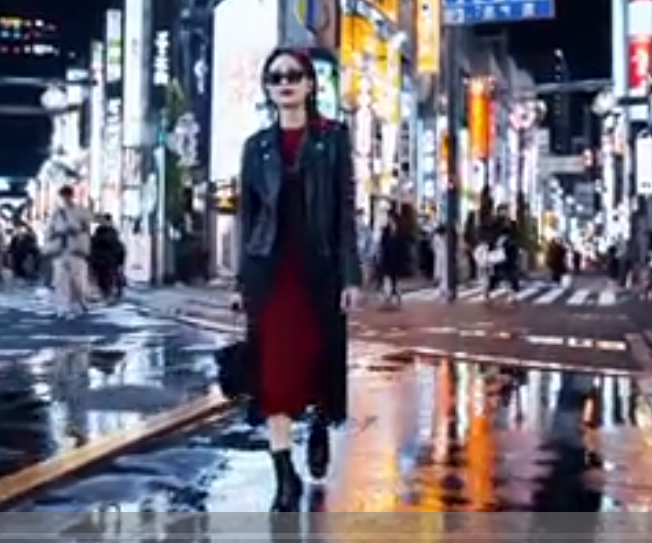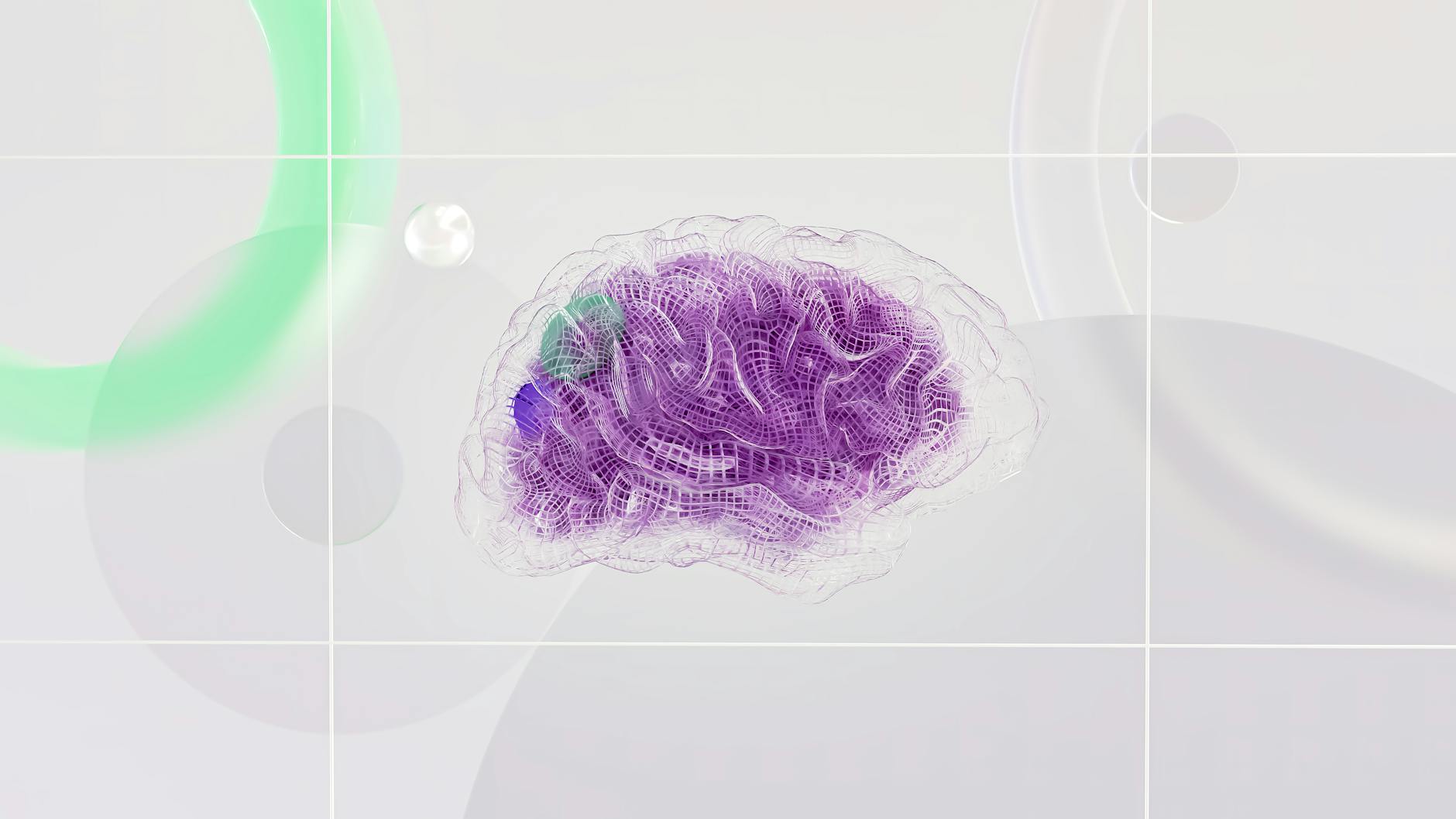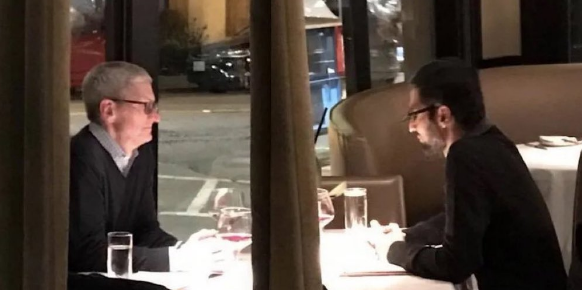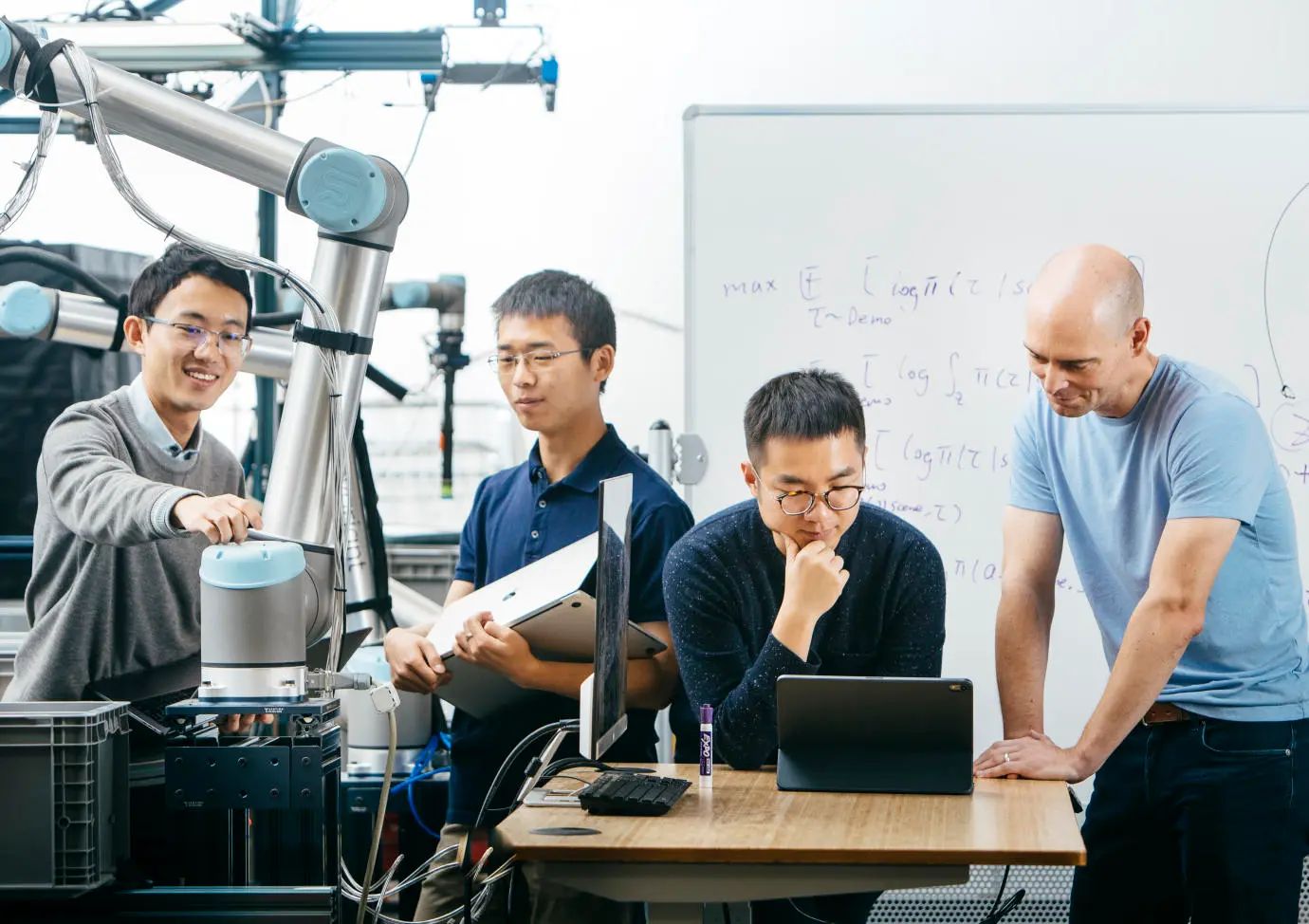OpenAI’s Sora Has the Potential to Significantly Enhance and Democratize Creativity.
In the realm of artificial intelligence, OpenAI has consistently pushed boundaries, and their latest creation, Sora, is no exception. Sora is a Text-to-Video Generative AI Model that has the potential to significantly enhance and democratize creativity.
Sora is an AI model that can create realistic and imaginative scenes from text instructions. Sora can generate videos up to a minute long while maintaining visual quality and adherence to the user’s prompt. This means that users can describe a scene or story in text, and Sora can bring it to life in video form, complete with animations, characters, and settings.
One of the key strengths of Sora lies in its ability to understand and simulate the real world. This is achieved through advanced machine learning algorithms that analyze textual inputs and translate them into visual representations. For example, if a user describes a sunny day at the beach, Sora can generate a video that accurately captures the essence of that description, including the sun, sand, and sea.
This capability has far-reaching implications for various industries. In the film and entertainment industry, Sora could streamline the pre-visualization process, allowing filmmakers to quickly and cost-effectively visualize scenes before filming. In education, Sora could be used to create engaging educational videos that help students visualize complex concepts. In advertising, Sora could revolutionize the way products are marketed, allowing companies to create compelling visual ads with minimal effort.
Beyond its practical applications, Sora also has the potential to democratize creativity. By providing a simple and intuitive way to create videos, Sora could empower individuals and small businesses to express their ideas and stories in ways that were previously inaccessible. This could lead to a more diverse and vibrant creative landscape, where anyone with a vision can bring it to life.
Anyone can be a creator with Sora, This means more voices and perspectives in storytelling, cooler animations, and easier collaboration between writers, artists, and anyone else with an idea.
Sora’ capabilities
Openai describes Sora’s abilities as follows:
“Sora is able to generate complex scenes with multiple characters, specific types of motion, and accurate details of the subject and background. The model understands not only what the user has asked for in the prompt, but also how those things exist in the physical world.
The model has a deep understanding of language, enabling it to accurately interpret prompts and generate compelling characters that express vibrant emotions. Sora can also create multiple shots within a single generated video that accurately persist characters and visual style.
The current model has weaknesses. It may struggle with accurately simulating the physics of a complex scene, and may not understand specific instances of cause and effect. For example, a person might take a bite out of a cookie, but afterward, the cookie may not have a bite mark.
The model may also confuse spatial details of a prompt, for example, mixing up left and right, and may struggle with precise descriptions of events that take place over time, like following a specific camera trajectory.
Safety
They mentioned that several important safety steps would be taken ahead of making Sora available in OpenAI’s products. They stated that they were working with red teamers—domain experts in areas like misinformation, hateful content, and bias—who would be adversarially testing the model.
They also mentioned that they were building tools to help detect misleading content, such as a detection classifier that could tell when a video was generated by Sora. They stated that they planned to include C2PA metadata in the future if they deployed the model in an OpenAI product.
In addition to developing new techniques to prepare for deployment, they mentioned that they were leveraging the existing safety methods that they built for their products that use DALL·E 3, which are applicable to Sora as well.
For example, once in an OpenAI product, their text classifier would check and reject text input prompts that are in violation of their usage policies, like those that request extreme violence, sexual content, hateful imagery, celebrity likeness, or the IP of others. They also mentioned that they had developed robust image classifiers that are used to review the frames of every video generated to help ensure that it adheres to their usage policies, before it’s shown to the user.
They mentioned that they would be engaging policymakers, educators, and artists around the world to understand their concerns and to identify positive use cases for this new technology. Despite extensive research and testing, they acknowledged that they could not predict all of the beneficial ways people would use their technology, nor all the ways people would abuse it. That’s why they believed that learning from real-world use was a critical component of creating and releasing increasingly safe AI systems over time.
Research techniques
According to Openai’s team, “Sora is a diffusion model, which generates a video by starting off with one that looks like static noise and gradually transforms it by removing the noise over many steps.
Sora is capable of generating entire videos all at once or extending generated videos to make them longer. By giving the model foresight of many frames at a time, we’ve solved a challenging problem of making sure a subject stays the same even when it goes out of view temporarily.
Similar to GPT models, Sora uses a transformer architecture, unlocking superior scaling performance. We represent videos and images as collections of smaller units of data called patches, each of which is akin to a token in GPT. By unifying how we represent data, we can train diffusion transformers on a wider range of visual data than was possible before, spanning different durations, resolutions and aspect ratios.
Sora builds on past research in DALL·E and GPT models. It uses the recaptioning technique from DALL·E 3, which involves generating highly descriptive captions for the visual training data. As a result, the model is able to follow the user’s text instructions in the generated video more faithfully.”
Here is the technical report to read more.
Is SORA ready for use or How to access Sora?
Openai says: “At this time, we don’t have a timeline or additional details to share on Sora’s broader public availability. We’ll be taking several important safety steps, including engaging policymakers, educators and artists around the world to understand their concerns and to identify positive use cases for this new technology.”










